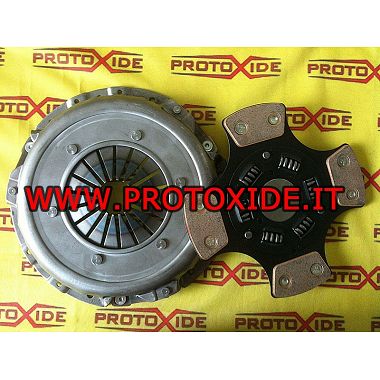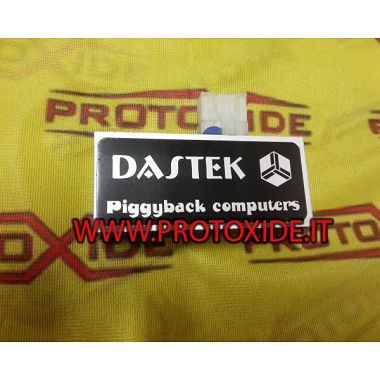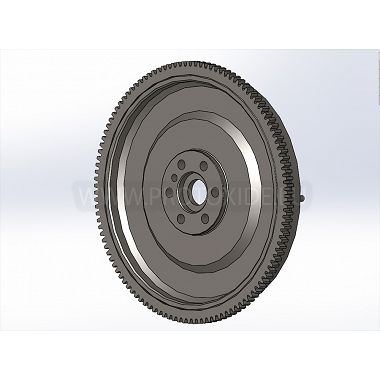Fiat Punto - 600 Lancia Y : Swap Engine 500 Abarth 1.4 Turbo here's what you need

Fiat Punto -500- 600 and Lancia Y with engines that are born 1100 or 1200, instead of preparing them, it is better to do a "Swap" with a 500 Abarth 1.400 Turbo engine, here is everything you need to know.
Carrying out an engine swap may seem like a complicated undertaking, but if carefully studied and carried out, it can completely transform a vehicle, both in terms of performance and reliability and can give value to a car when it could never have had it and at the same time you avoid spending more money buying a Fiat 500 Abarth now inflated at very high costs.
In this article we will explore the case of the swap between various Fiat and Lancia models, in particular the integration of the powerful 1.4 16V Turbo engine of the 500 Abarth inside the Fiat Punto 600 and Lancia Y. We will discover how to best manage this swap to avoid problems with the engine warning lights and ensure smooth driving and optimal performance.
Swap Introduction and Benefits
The engine swap process consists of replacing a vehicle's engine with another, often more powerful one. The main goal is to improve performance without compromising safety and reliability. In our case, opting for a 1.4 16V Turbo engine on the 500 Abarth means accessing significantly more power and an exciting driving experience.
Components Required for Swap
- Fiat 500 Abarth Engine : This is the heart of the swap. Make sure the engine is in excellent condition and preferably with low mileage. You can also use derived engines such as Fiat Tipo, Alfa Romeo Giulietta and even Doblò versions always with the same 1400 16v Turbo engine. There will be only small differences between them.
- ProtoXide flywheel for this specific transformation : If you decide to keep the original gearbox of the 1100-1200 engine we know that it is no longer possible to use the original flywheel unless you want to modify a cast iron flywheel with all the problems and limitations both in diameter and reliability due to it, therefore a dedicated flywheel is needed that allows the disk to work at a certain and determined correct height and at the same time allows to accommodate a clutch as large as possible, because since we do not use the Abarth gearbox, which in addition to having a larger sized clutch also has a primary shaft with a larger spline, therefore completely different from the original 1100-1200 gearbox. With our flywheel and our dedicated reinforced clutch you can forget about these problems. for this reason there can be different solutions for kits for reinforced flywheels and clutches. Therefore for the ProtoXide reinforced clutch dedicated to these swaps and we have three solutions:
3- Reinforced single-disc clutch kit on original flywheel to be modified and worked on:
Then, absolutely necessary for this third step to obtain a job done according to the rules of the art and to expect maximum durability, is the processing and balancing of the original flywheel.
Exhaust System : This will need to be modified to fit the 500 Abarth engine. The exhaust system directly affects performance. Unique parts may be needed as in some versions such as the 600 and other cars the original 500 Abarth manifold cannot be installed, but it is necessary to purchase one made of steel from our production for these cars.
- Additional control unit: Crucial to avoid engine warning light errors. It must be adapted to the engine and calibrated correctly to handle the new configuration. For non-exaggerated turbo conversions, you can also start using an APS stop which allows the original control unit not to notice the turbo boost so as not to trigger the "faulty pressure sensor error" fault!
- Larger injectors or additional injectors: Clearly larger injectors require different injection times for this reason there are two solutions to undertake: Larger injectors or adding 4 injectors to the original ones present. Both are valid solutions, it then depends on how good we are with electronics but the latter solution could seem the most laborious but at the end of the day if we have a control unit that allows us to manage additional injectors it could be the simplest solution and that allows us to have a regular and perfect idle.
- Wiring and emulators : Necessary to connect all systems and ensure the harmonious functioning of the vehicle and in symbiosis with the dashboard and connected devices.
 As you can see in this photo we used the original 1100 gearbox using our dedicated steel flywheel and lightened it with our reinforced copper clutch with the 500 Abarth engine.
As you can see in this photo we used the original 1100 gearbox using our dedicated steel flywheel and lightened it with our reinforced copper clutch with the 500 Abarth engine.
Technical Procedure
Swapping requires precise planning:
- Engine Space Preparation : Make sure the engine bay is clean and free of obstructions. Check the engine mounts and adjust if necessary.
- Engine Installation : Position the 1.400 16V Turbo engine carefully. At this stage, attention to detail in the connections is essential to know which type of gearbox to use, whether the original one of the car (simpler) or also borrow the gearbox of the Fiat 500 Abarth which has a larger clutch in size and at the same time also a gearbox a little more robust.
- Connecting the control unit : Connect the additional control unit and check the correct electrical operation of all the components, because as you know it is impossible to use an original control unit created without knowing at what boost pressure the engine is running, for this reason it is necessary to add an Aps sensor together with a dedicated control unit. The Unichip control unit compared to other control units is a Peggy Back type control unit, therefore able to communicate with the original control unit and with the original transmission protocol, this means that everything inside the car works again from the petrol gauge, engine water temperature, obd2 diagnosis, rev counter, Abs etc... a real godsend!
- Exhaust System Modification : Adapt the system to be compatible with the new engine, making sure to size the exhaust to the new performance.
- Check and Optimize : Check for errors during startup and operation. Perform a complete diagnostic to detect any failures.
Procedure and topics that many tend to overlook.
Swapping requires precise planning:
- Clutch and flywheel completely redesigned.
- APS stop
- Difficulty related to electronics for turbo conversion.
Final Considerations
Despite the complexity, this type of swap can be very rewarding if done with the right attention and technical knowledge. The result will not only be a significantly more powerful car, but it will also give you the satisfaction of having completed a complex and challenging and UNIQUE job. However, it is essential to ensure that all modifications also include the set-up and brakes part to make it interesting and drivable for all your track days on the circuit.






































